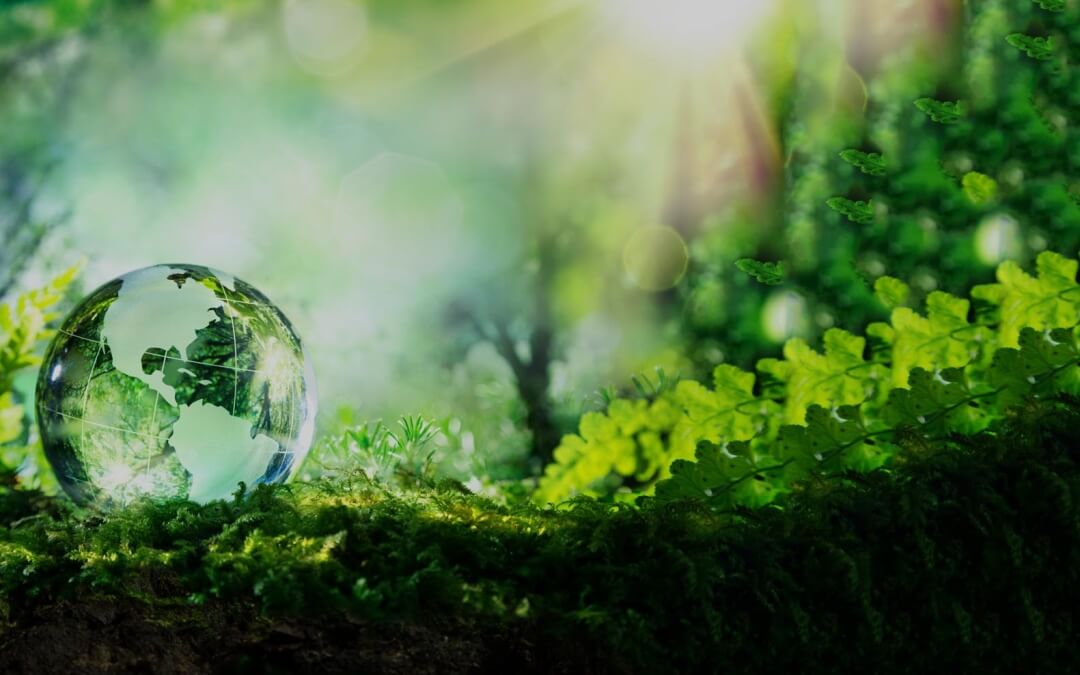“The real voyage of discovery consists not in seeking new landscapes, but in having new eyes”
– Marcel Proust
As human beings we are programmed to habituate. We become familiar with things we once wondered at, and start to take them for granted.
This is a natural process at work within the mind, and is not a problem as such. The only issue is that when we lose this natural sense of wonder and awe at the world around us, we are deprived of a natural source of enrichment in our life.
So it can be extremely beneficial to learn to cultivate a more innocent and fresh way of looking at things, that as children we had, but as adults we often lose. It is the way all true artists look at the world – with a sense of innocence and awe.
It boils down to how we use our attention. So often we are lost in the internal processes of the mind which distract us, and prevent us from seeing clearly the beauty and majesty of the world in front of us.
It is about learning to engage the senses and sharpen our perception. We might call this developing ‘artist’s eyes’.
So how does an artist relate to the world around them? James joyce once remarked that he had never once in his life met a boring person. I’m sure most of us would struggle to say the same. However the boredom is not in the people we meet but in the poverty of our own imaginations. Joyce’s comment highlights the cardinal quality of an artist’s mode of perception: they look at the world with intense interest.
As the poet Mary Oliver once said, “the world offers itself to your imagination”. Artists look at everything with curiosity and interest. They find everything going on around them endlessly fascinating. The poet Pablo Neruda once wrote a beautiful ode to his his socks. Even these most mundane and ordinary objects of our day-to-day life can be amazing, when looked at in the right way.
It is not that anything is lacking from the world around you, but that you are failing to perceive the richness of each and every moment. As Rilke said:
“If your daily life seems poor, do not blame it; blame yourself for not being poet enough to call forth its riches; for the Creator, there is no poverty.”
So how do we go about developing ‘artist’s eyes’?
We can do this by simply practicing looking – with clarity, intensity, and sensitivity. Look deeply at everything, and for sustained periods of time, because the more we look, the more we see.
We bring our attention to something and then just patiently observe it, looking for the novelty in familiar objects, noticing the subtle details and nuances that normally go unnoticed. Deep looking like this is really an act of love. It displays a generosity of spirit and can greatly enhance our personal relationships and social interactions.
Another approach might be to create art. Arts like photography and sketching can be very useful for training the eyes to look closely at things. Likewise writing. If we sit and decide to take a picture, draw something, or write a poem about a particular moment, we are forced to really engage with our subject, to really examine and scrutinise it.
It doesn’t matter if what you produce has any artistic merit because the point of the exercise is not to produce ‘art’. The point is the process of development that is taking place inside of you. The real art being developed here is the sculpting of our inner faculties, qualities, and capacities.
If we practice this way of seeing enough we may come to realise the truth of T.S. Eliot’s wonderful quote:
“We shall not cease from exploration, and the end of our exploring will be to arrive where we started and know that place for the first time”.
Looking at the world with artist’s eyes enriches our life and boosts our health and well-being. These experiences can be a rich source of positivity – while engaging in this way of perceiving we experience a higher level of positive emotions like curiosity, awe, wonder, joy, love, and gratitude, as we develop a greater sense of appreciation and reverence for the world around us.

